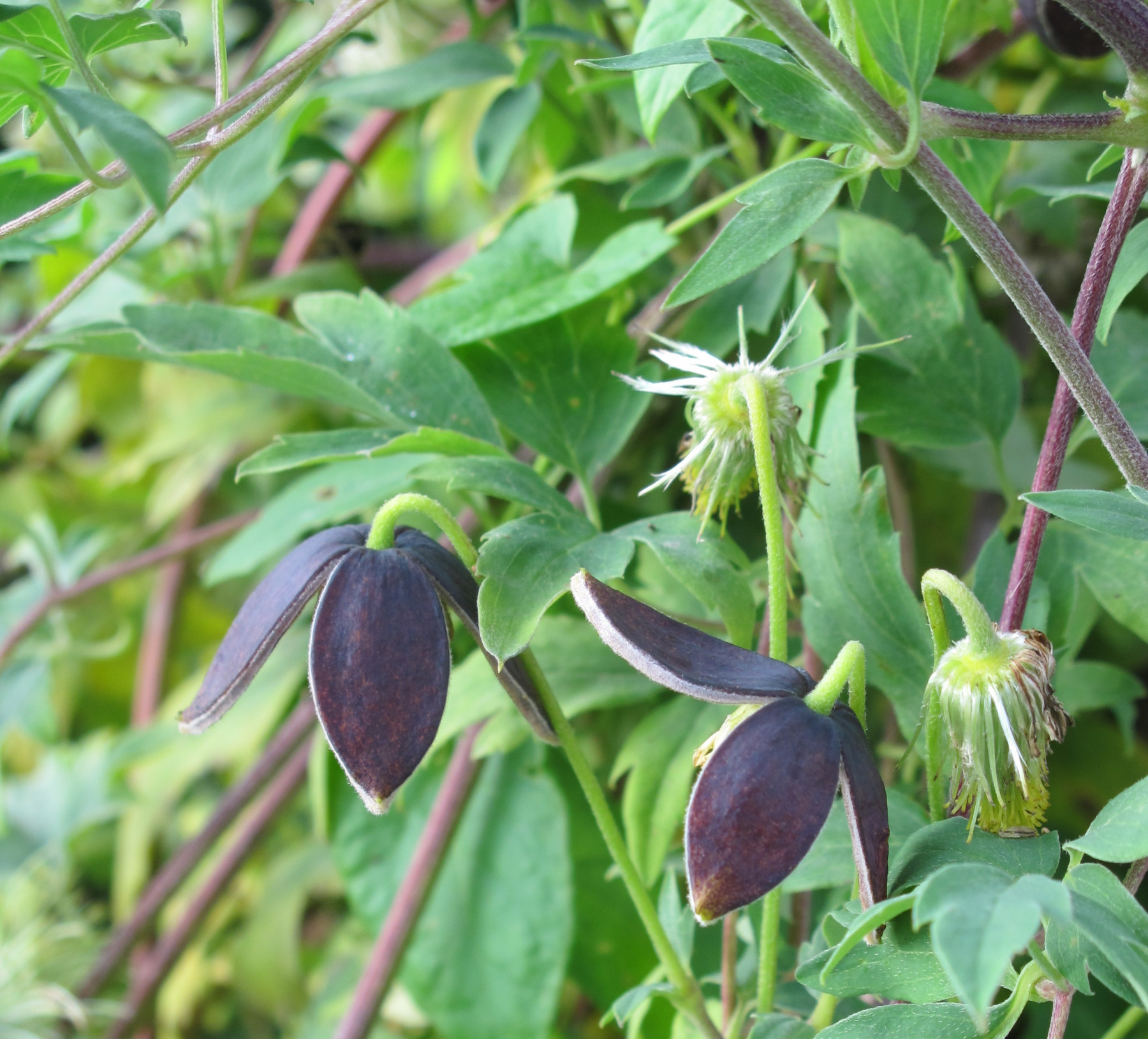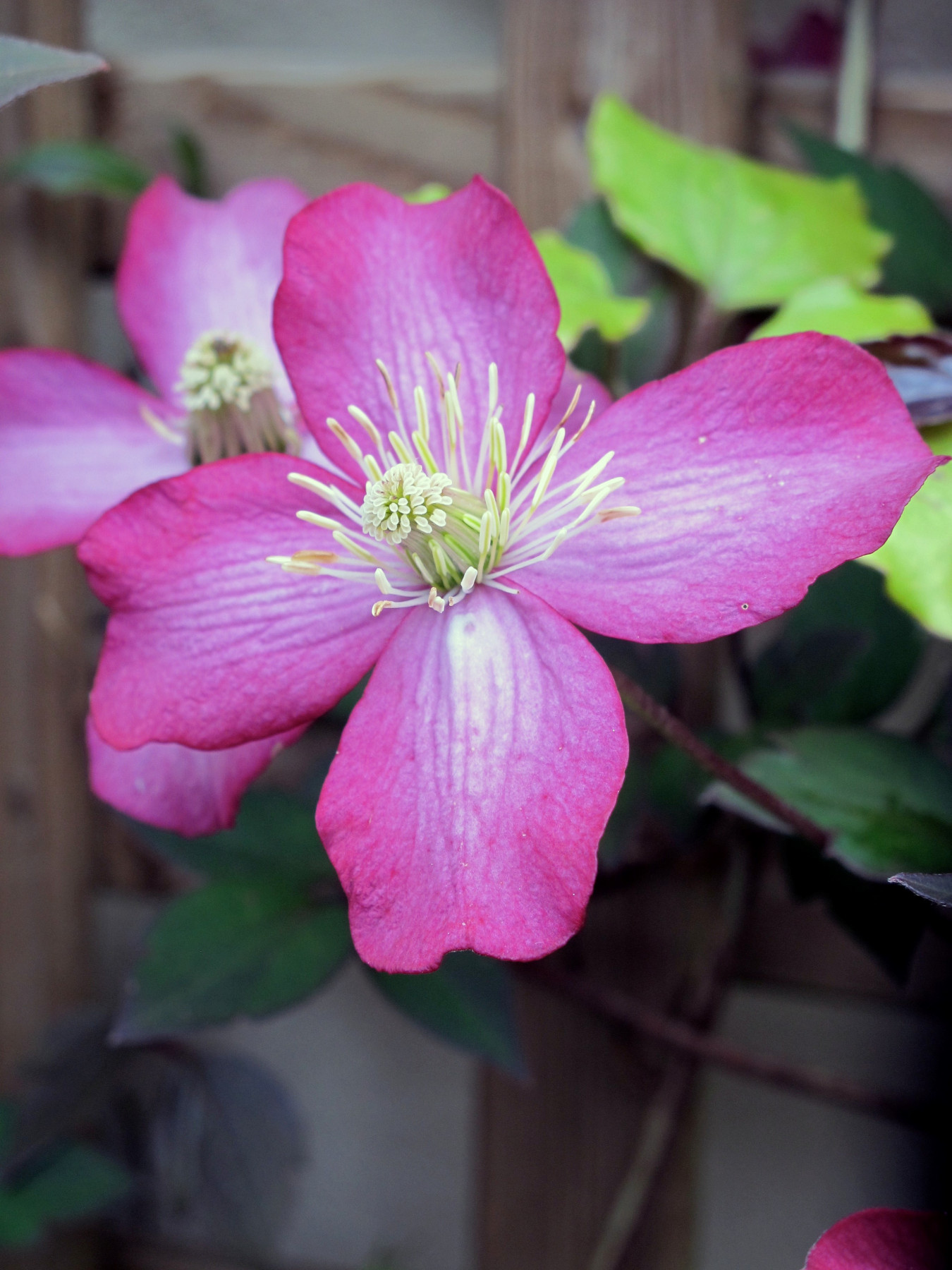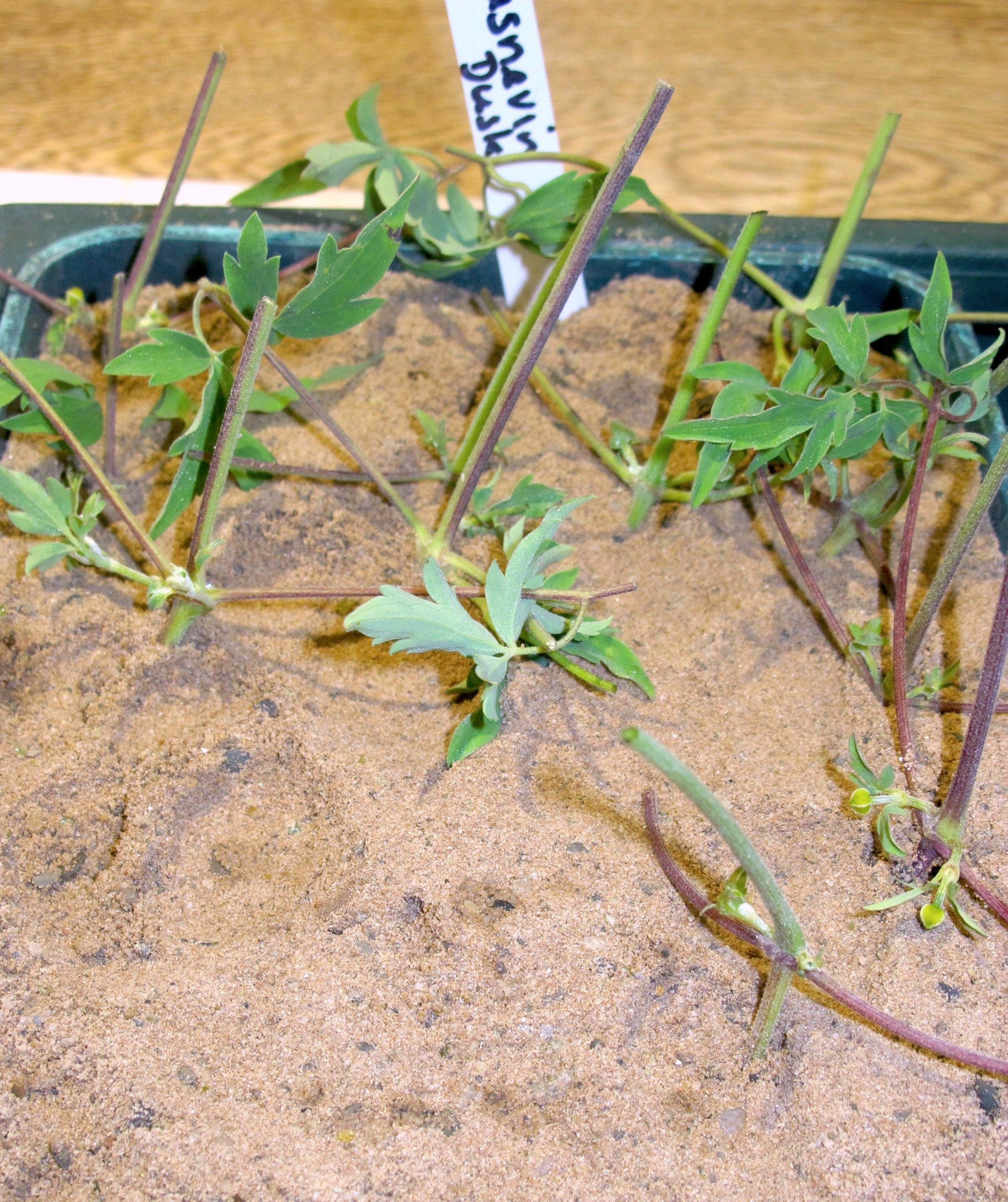
One of the great things about owning a Hartley greenhouse is the sense of escape in a modern world fraught with difficulty. It’s like your own miniature TARDIS and when you walk down the garden path and through the door you’re lost in another world. It doesn’t matter about the vagaries of the British climate either. Once you’re inside the air’s ambient and you’re cocooned from heavy rain and squally winds. On grey days – when Delia Smith advises you to roast a chicken – life just seems better under glass!
It’s the same for plants of course. They hate the British climate as much as we do when it misbehaves. As I write my garden’s withstood 30° heat, thunder, lightning, torrential stair-rods rain and a searing wind all within 24 hours. In August, I’m doing lots of propagating, another good reason for getting a greenhouse. I like to nurture plants and, yes, I do talk to them! I don’t fiddle about making up a pot of compost every time though. I use a method taught to me by a successful nursery owner and it involves using coarse horticultural sand for everything. It must be coarse sand, not fine, because coarse sand is grittier and holds moisture better. I fill lots of small seed trays, the rugged plastic ones, and keep several in readiness on the shadiest part of the greenhouse bench.
Climbing clematis are top of my list this year. They’re propagated in a different way to most other plants because you take internodal cuttings. You look for pieces that feel firm to the fingertips because these root far better than softer, new growth. Experience teaches you which pieces to take and not all clematis are easily propagated, so be prepared for failure. That would make a good motto in life.
Look for firmer growth and cut suitable six-inch lengths of stem from the clematis. Discard the soft tips and reduce any over-large leaves. Cut in the middle of the stem, between the nodes, as pictured. And then plunge the pieces into sand and label them. At this stage you can cover the cuttings with polythene and small seed trays fit into bags easily. Try to get air above the cuttings. Then stand back and wait.
If you do them in August, which is a good month to do cuttings because they root well in warmer temperatures, they may develop roots by the end of September. A slight tug will tell you. They can either stay in the sand and be potted up in February time or, if you feel your greenhouses is warm enough, you could pot them up in late September as long as they’ve rooted.

Growing clematis is a slow affair and I recently went to the re-opening of a commercial clematis nursery that had moved from Evesham to the slopes of Bredon Hill. New Leaf Clematis, now owned by David Higginson and his family, take thousands of cuttings from clematis and other climbers every year. The material is picked early in the morning and that is the best time, because it hasn’t flagged. Then an experienced team, armed with sharp razor blades that have a guard on one side, trim the cuttings down so they measure only a couple of inches in length. The clever bit is to know in advance whether the material is firm enough to produce roots.
There was an air of contentment in the propagation room. Adam Frost re-opened the new nursery and long service awards were given out on the day. So many of the staff had worked at New Leaf for over 20 years and they were a happy band. I discovered that there is no quick way to produce a well-grown clematis commercially. Even the professionals take three years and, if you’re buying, always look at the base. Never buy a clematis with a single stem. Make sure it has at least three or four stems at the base. Keep all potted clematis on the drier side, because the active part of the root is the white tip on the end. It will die back if overwatered.
I re-met an old gardening friend at New Leaf’s opening, Val Le May Neville-Parry, a Montana clematis specialist who holds a Plant Heritage collection in her garden in Wiltshire. She does open for visitors – tel 01725 511931 or email [email protected]. Many years ago I told her about my propagation idea of using coarse sand. I was pleased to see that some of her rarer clematis were being propagated this way at New Leaf. I had first seen Clematis ‘Van Gogh’ in her garden, a deep-pink German-bred clematis raised by Willem Straver in the early 2000’s. This is now spanning my garden shed. That, by the way, is the antithesis of my zen-spaced greenhouse and possibly the most stressful place in the garden, or should that be village or even world, because it always needs tidying. I blame the Best Beloved!
Montana clematis are high altitude plants so they prefer good drainage and a warm position. They are pollution tolerant and you often see them growing round a sunny porch when you’re stuck on some ring road or other. They should not be pruned. Any clematis that flowers between November and May are called Group 1 and this includes ‘Freckles’, a November-flowering red, speckled white that carries on flowering throughout winter.

Group 2 clematis flower between May and June, but before midsummer, and they usually have larger flowers produced on last year’s growth. If you cut them back hard in spring you will cut away this year’s flower. Just remove any weak stems and cut back to a plump bud after flowering has finished, to promote new growth.
Group 2 clematis are not as popular as they used to be because they to produce fewer flowers of a larger size, so they are difficult to slot into a border. They are also prone to clematis wilt when they get dry at the root. However the following three are easily grown and will produce more flower than most others. ‘Nelly Moser’ is a pink clematis with strong pink barring. ‘The President’ is purple-blue with silver-grey barring and ‘Marie Boisselot’ is a large pure-white with puckered petals.
Group 3 consists of summer-flowering varieties that produce lots of smaller flowers between midsummer and the end of August. These should be cut back in mid-February to the lowest buds. Clematis aficionados call this the Valentine’s Day Massacre. This encourages strong new shoots to appear and by summer the new growth will be covered in flowers whether you’re growing them on a wall, up a fence, with a rambling rose or through a large tree or shrub.
Many of these flower-packed, summer-flowering clematis have a drought-tolerant Spanish species called Clematis viticella in their blood line. As a result Group 3 clematis never flag or suffer from wilt so they are highly popular with clematis enthusiasts and gardeners alike. Roughly ten years ago the British Clematis Society voted for their top five favourites. Three of them were viticellas. ‘Étoile Violette’, a gappy-petalled purple with a golden boss of stamens, took first place and it has the advantage of being in flower by early July. This tried-and-tested variety, raised in 1912 by Morel of Lyon in France, is a stunner.

‘Polish Spirit’, a wider petalled purple, came third and this is often the last viticella to flower, so it’s useful at extending the season. ’Venosa Violacea’, voted fifth, is a vigorous old variety raised in 1884 with white petals speckled in red-purple. This can scale trees and thrive in some shade.
Other excellent AGM viticellas include the fresh-pink ‘Abundance’, the white-edged pale-pink ‘Minuet’ and wine-reds ‘Madame Julia Correvon’ and ‘Kermesina’. There are also doubles, said to date from the Tudor age and these include the dusky damson-purple ‘Purpurea Plena Elegans’, or PPE for short. Clematis texensis varieties, which tend to have tulip-shaped flowers, and the yellow C. orientalis and C. tangutica can also be cut back hard.
My favourite clematis spans my gate and, if I tell you it’s got small chocolate-brown flowers you’ll think I’m mad. ‘Glasnevin Dusk’ is beguiling though, cascading over a shrubby evergreen umbellifer called Bupleurum fruticosum. The combination of limy yellow umbels and chocolate bells is a summer favourite and this year I am propagating this almost impossible to get clematis. Wish me luck!



